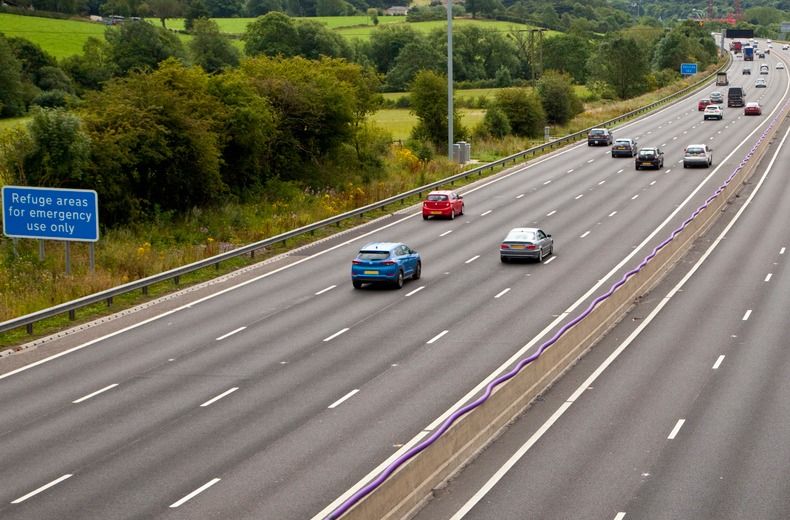MPS will also probe the roads’ impact on reducing congestion on busy sections of motorway and other roads in the strategic road network.
The review comes after several campaigners have labelled smart motorways “death traps” and one coroner concluded them to “present an ongoing risk of future deaths” – both in response to fatalities.
Highways England, responsible for overseeing England’s motorways and major roads, has also been referred by another coroner to the Crown Prosecution Service where manslaughter charges will be considered in relation to another incident.

Cheaper than AA or we’ll beat by 20%^
• Roadside cover from £5.49 a month*
• We get to most breakdowns in 60 mins or less
• Our patrols fix 4/5 breakdowns on the spot
*At least 10% of new customers pay this for single-vehicle Roadside (Basic). ^Find the same cover cheaper on theaa.com within 7 days & we'll beat it by 20%. T&Cs here.

RAC head of roads policy Nicholas Lyes questioned whether any enquiry’s output could “go far enough to overcome people’s fears about the permanent removal of the hard shoulder on these schemes”.
Transport Committee chair Huw Merriman MP said, despite the Department for Transport (DfT) claiming smart motorways have helped us cope with a 23% rise in traffic since 2000, “this message isn’t reaching the public”.
And despite figures which suggest lower fatality rates on smart motorways without a permanent hard shoulder than those with, he added: “There are genuine worries about this element of the motorway network and we want to investigate how we got to this point.”
Transport Secretary Grant Shapps, who has since admitted smart motorways are a “misnomer”, responded to safety concerns last year with an 18-point action plan. Measures include abolishing the “confusing” dynamic hard shoulder by 2025, adding more emergency refuge areas and working to improve motorists’ understanding of smart motorways and their rules.
- Smart motorways – what are they and how do you use them?
- The Highway Code – Common UK road signs and what they mean
- What to do if your car breaks down
RAC head of roads policy Nicholas Lyes said: “There is an increasing level of concern around the safety of smart motorways from the driving public through to Westminster. While a major review has identified a number of key actions to improve safety and some progress has been made, there is still a great deal of work to do which will take several years to complete.
“But even when all these issues are addressed, we wonder whether they will go far enough to overcome people’s fears about the permanent removal of the hard shoulder on these schemes.
“If the Government is going to persist with all lane running, it must make sure all schemes – both new and existing – are built and operate to the highest possible safety standards. Crucially, SOS areas need to be more frequent so drivers have a better chance of reaching one in an emergency.
“Whatever happens, it will remain the case that the safety of any driver who comes to a stop in a live smart motorway lane depends both on the lane being closed quickly by Highways England and other drivers then abiding by red X closed lanes.’
Get 30 driving tips that will save you money
Running a car isn’t cheap, but there are some easy things you can do to keep your costs down. Get these tips and more useful driving articles sent straight to your inbox now.















